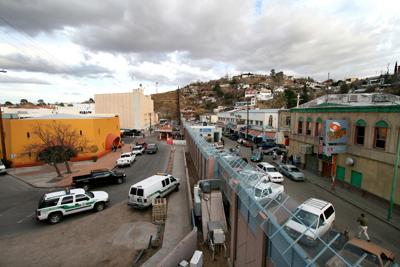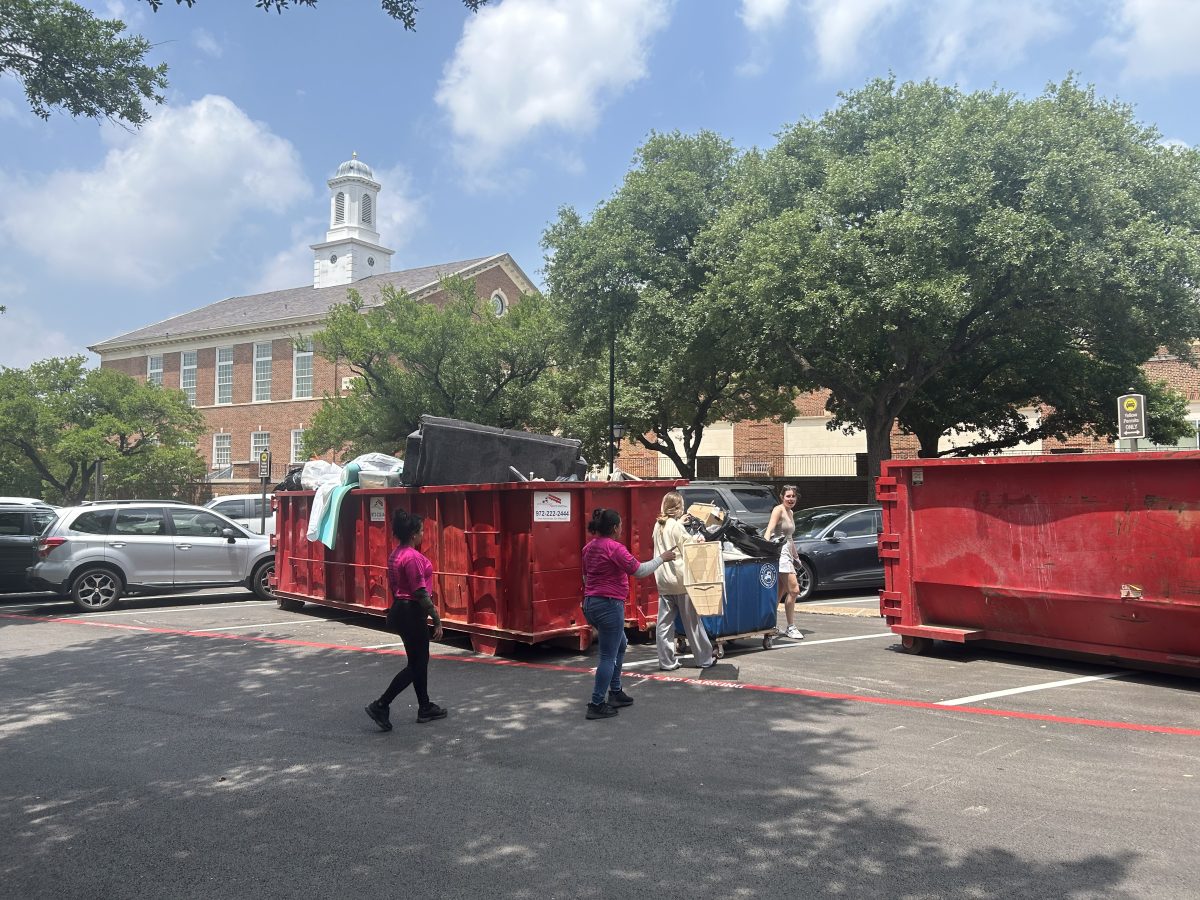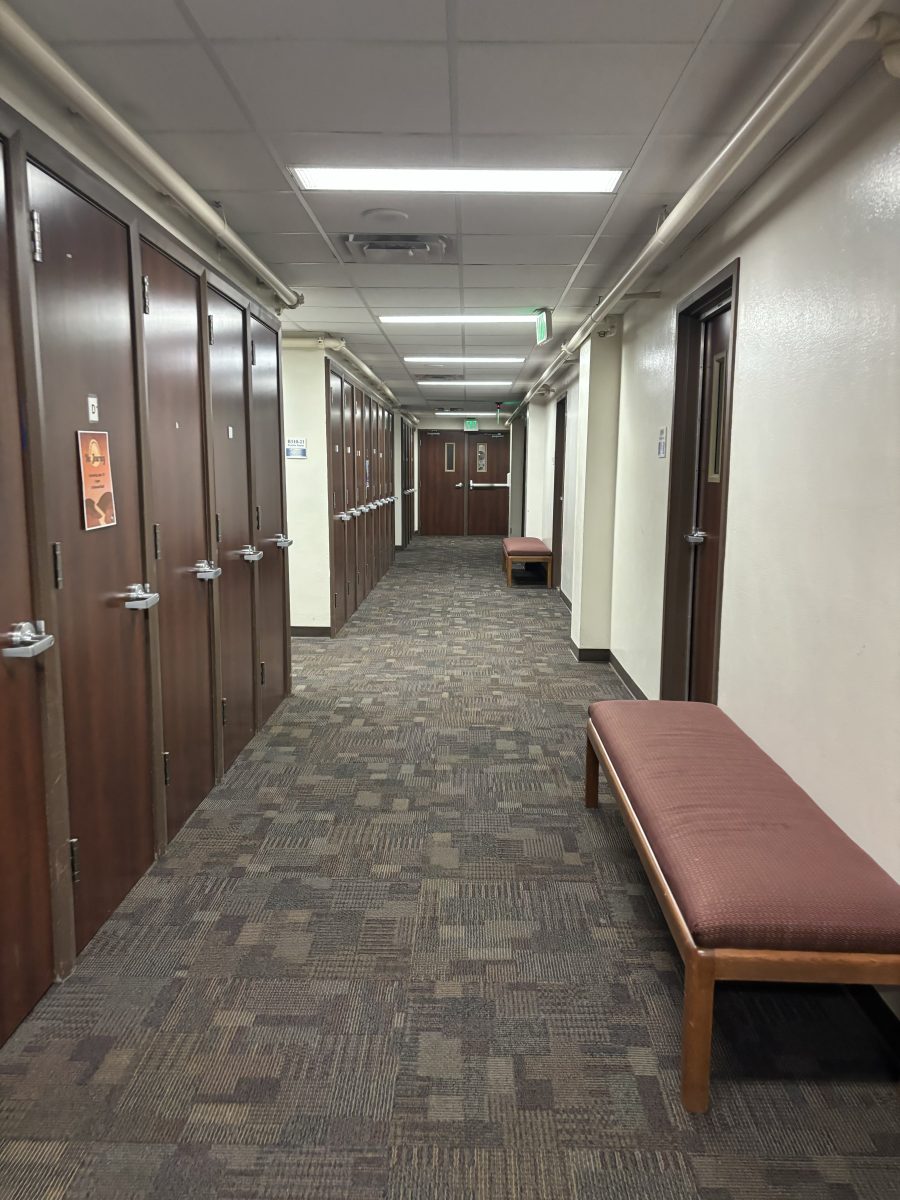
Anthony Mora discussed racial and national identity at the U.S. Mexican Border on Thursday evening. (Sidney Hollingsworth/The Daily Campus)
Racial and national identity in cities at the U.S. Mexican border was the topic of Anthony Mora’s lecture in the DeGolyer Library Thursday evening.
Mora’s lecture, titled “Local Borders: Two Towns and the Making of the U.S.-Mexico Boundary,” recounted the history of two small towns in southern New Mexico and the process they went through as the towns developed their nationality to an audience of close to 65.
Las Cruces and La Mesilla, though only five miles apart, each picked a different country to pledge allegiance to when the New Mexican border was first drawn. While La Mesilla insisted on remaining a strictly Mexican nationality, Las Cruces embraced America culture. The two towns have been at odds with each other in regard to the area’s nationality for several decades.
“Mesilla’s changing fortunes through the nineteenth century can be linked to a concurrent change in the ways individuals imagined race in the nation,” Mora said.
Throughout La Mesillia’s history, it experienced a shift from the popular Mexican national standard in the area, to the less popular town as Las Cruces grew due to its strong ties to American nationality, Mora said.
To complicate this change, the citizens in the area began questioning their national identity and what their identity necessarily was. Confusion arose as citizens wrestled with whether they were racially or nationally identified as Mexican.
“It was interesting how he showed how geographic place doesn’t determine the identity of people, even over and extended period of time,” Zak Adams, a SMU graduate student studying history, said.
Although the citizens in both Las Cruces and La Mesilla are U.S. citizens, many of the individuals did and still do take pride in their Mexican heritage. These citizen’s American nationality has not taken precedence, in their minds, over the Mexican nationalism that is still emphasized in their culture after all this time, according to Mora.
Adams is interested in Mexican immigration as an area of historical study and found Mora’s lecture to be good and informative.
Mora is currently an associate professor of history, American culture, and Latina/Latino studies at the University of Michigan. Mora received his Ph.D. from the University of Notre Dame. Before joining the University of Michigan faculty, Mora served on the history faculty at Texas A&M University.
He was also a visiting scholar at the American Academy of Arts and Sciences in Cambridge, Mass. Mora teaches courses on Mexican American history, Latina/o history, as well as the history of sexuality. Mora’s principal research interests focus on the historical construction of race, gender, and sexuality in the United States.
The lecture was held in the Stanley Marcus Reading Room of the library. The room is normally locked as an archive reading room, but the library often opens the room for lectures, according to John Chavez.
The lecture was proceeded by a reception open to all guests in attendance. Nearly 40 people came to the reception and had the opportunity to discuss Mora’s lecture topic or his recently published book.
Several students came to the lecture and took notes as an opportunity to gain some extra credit.









